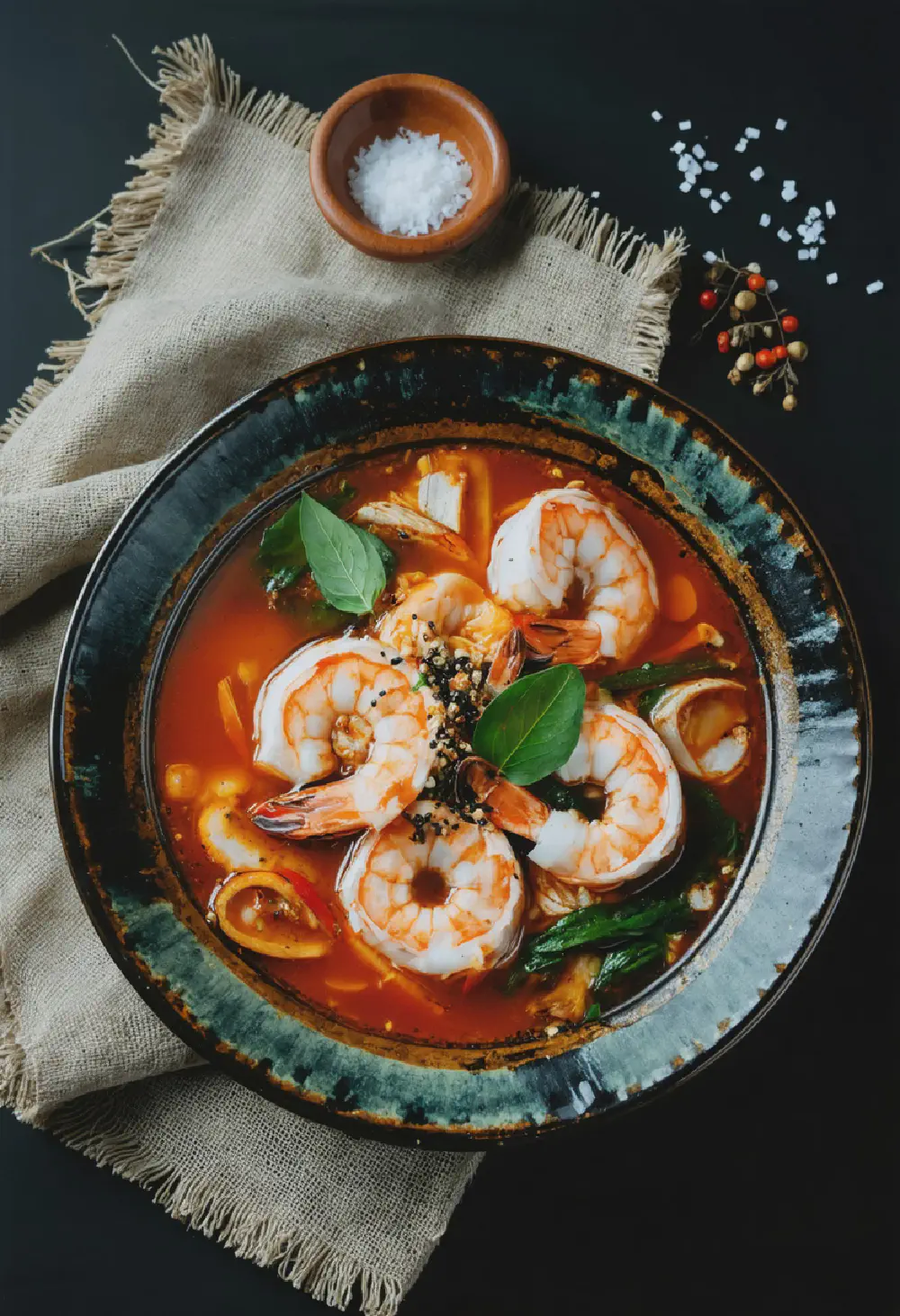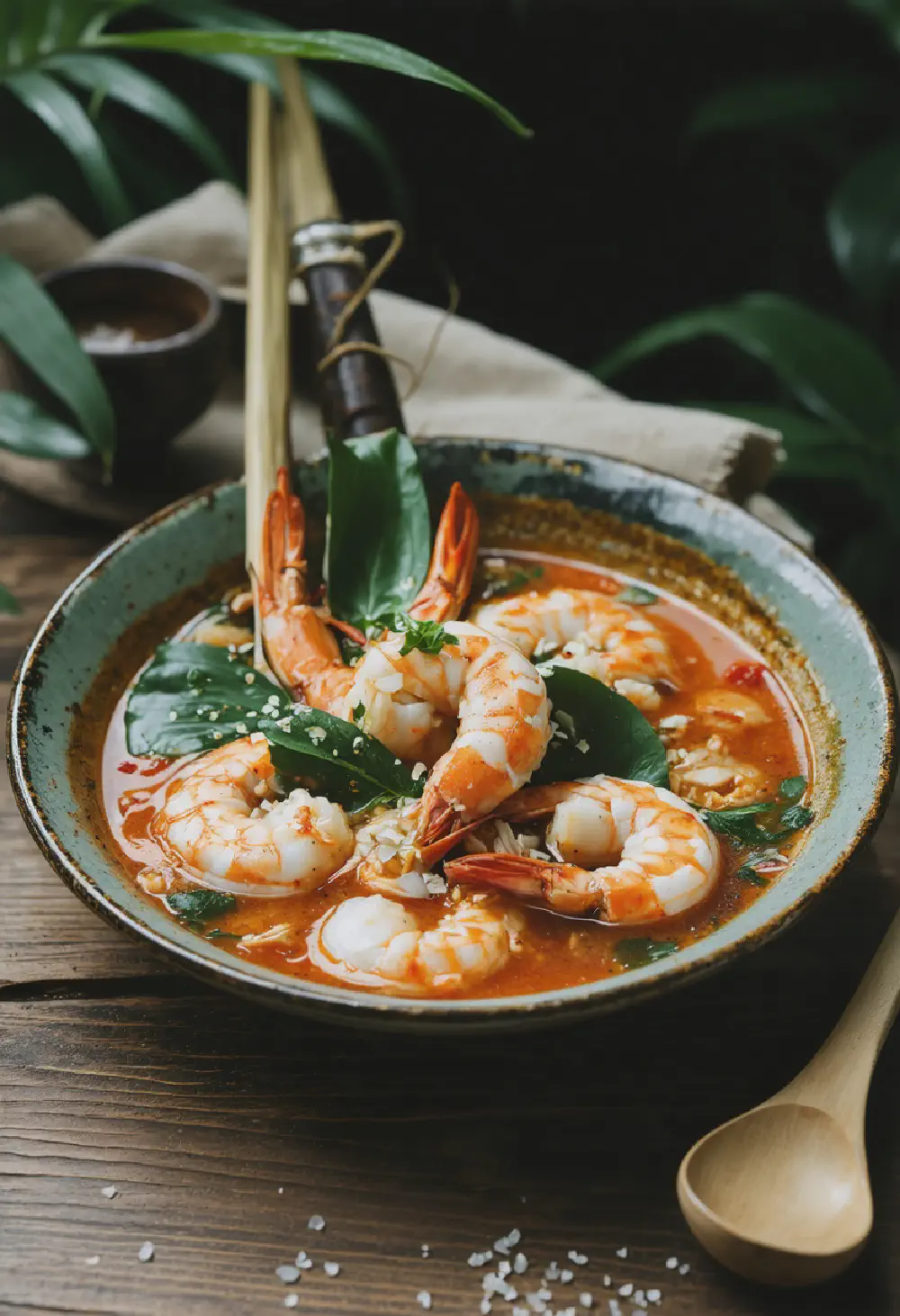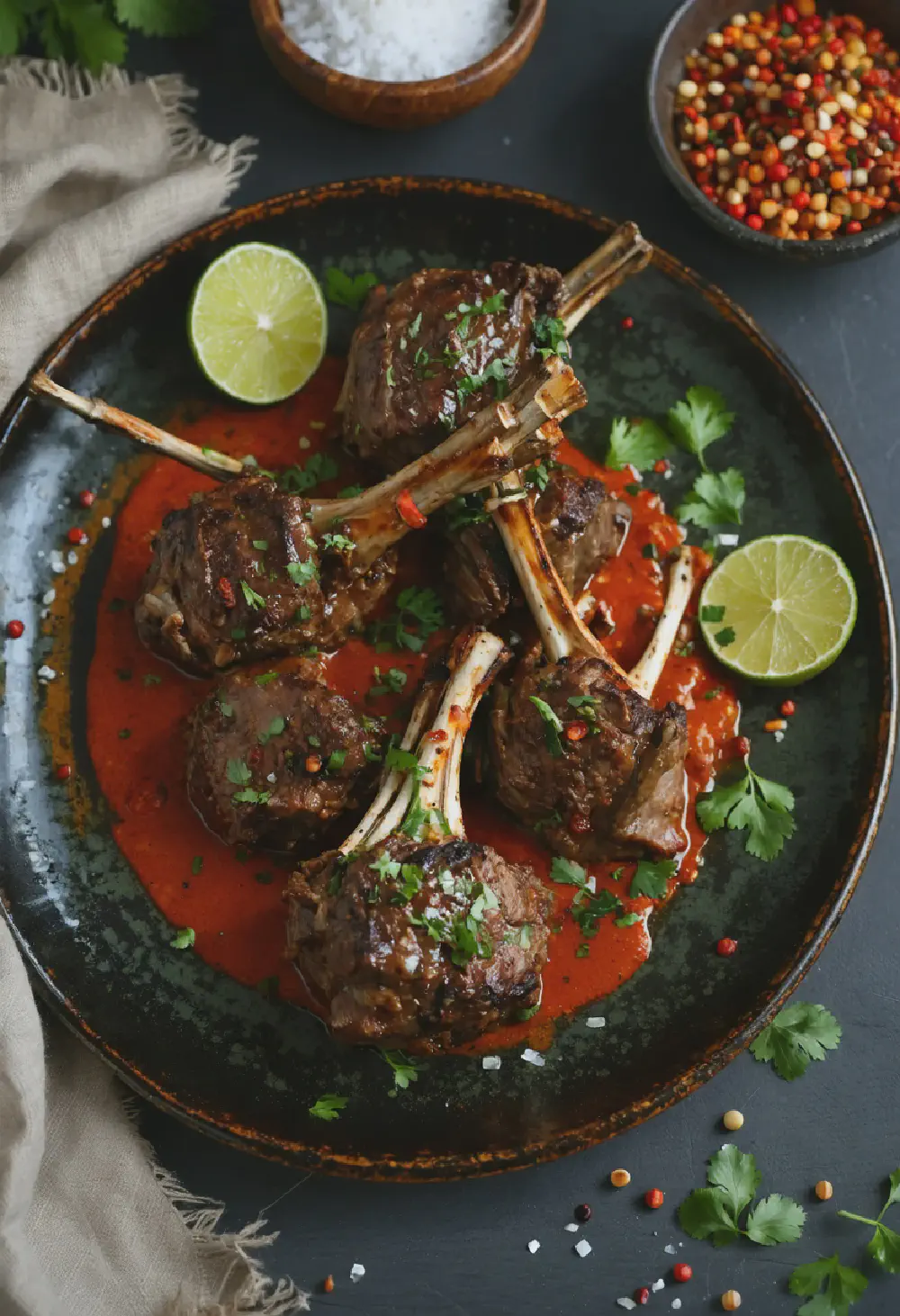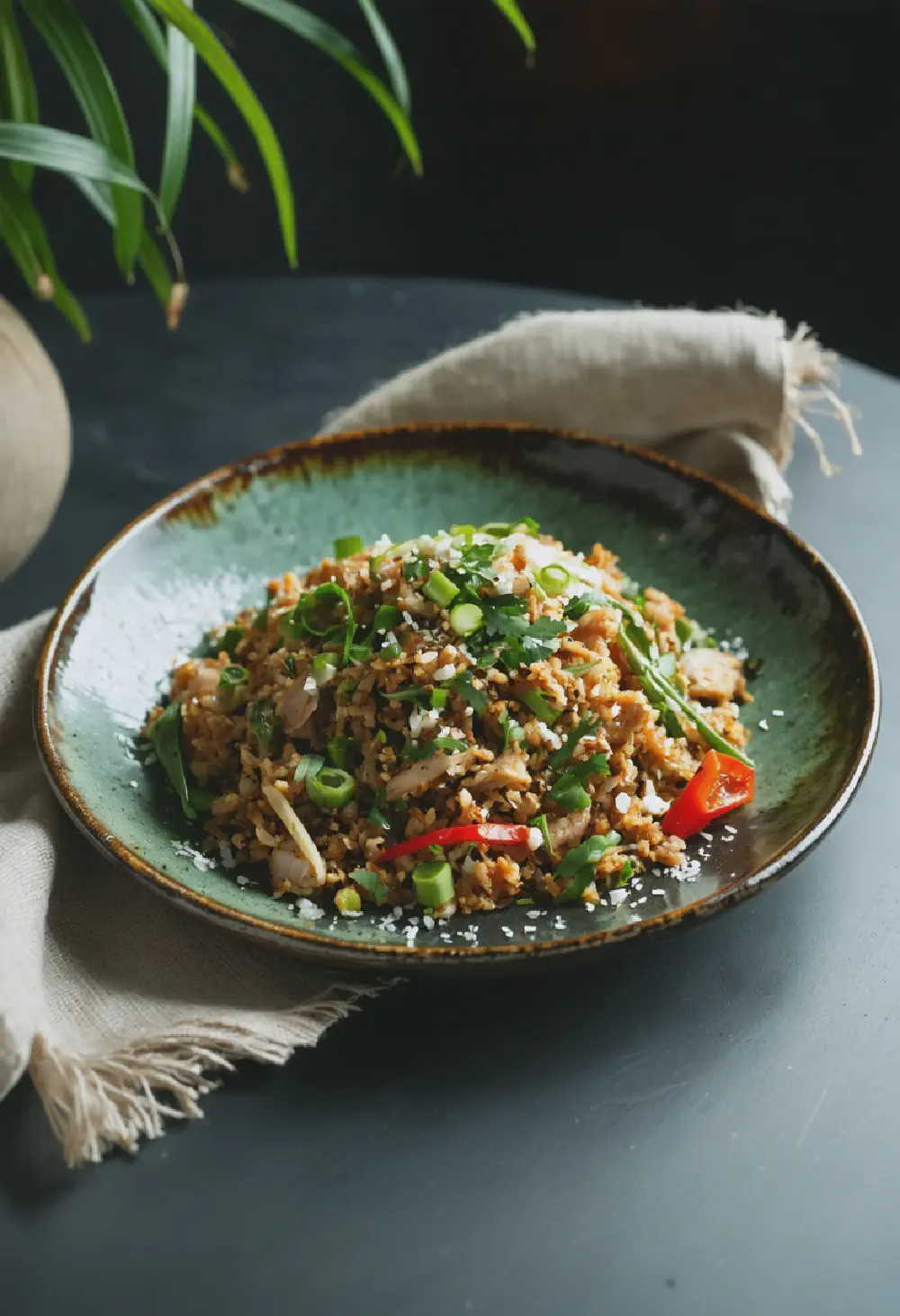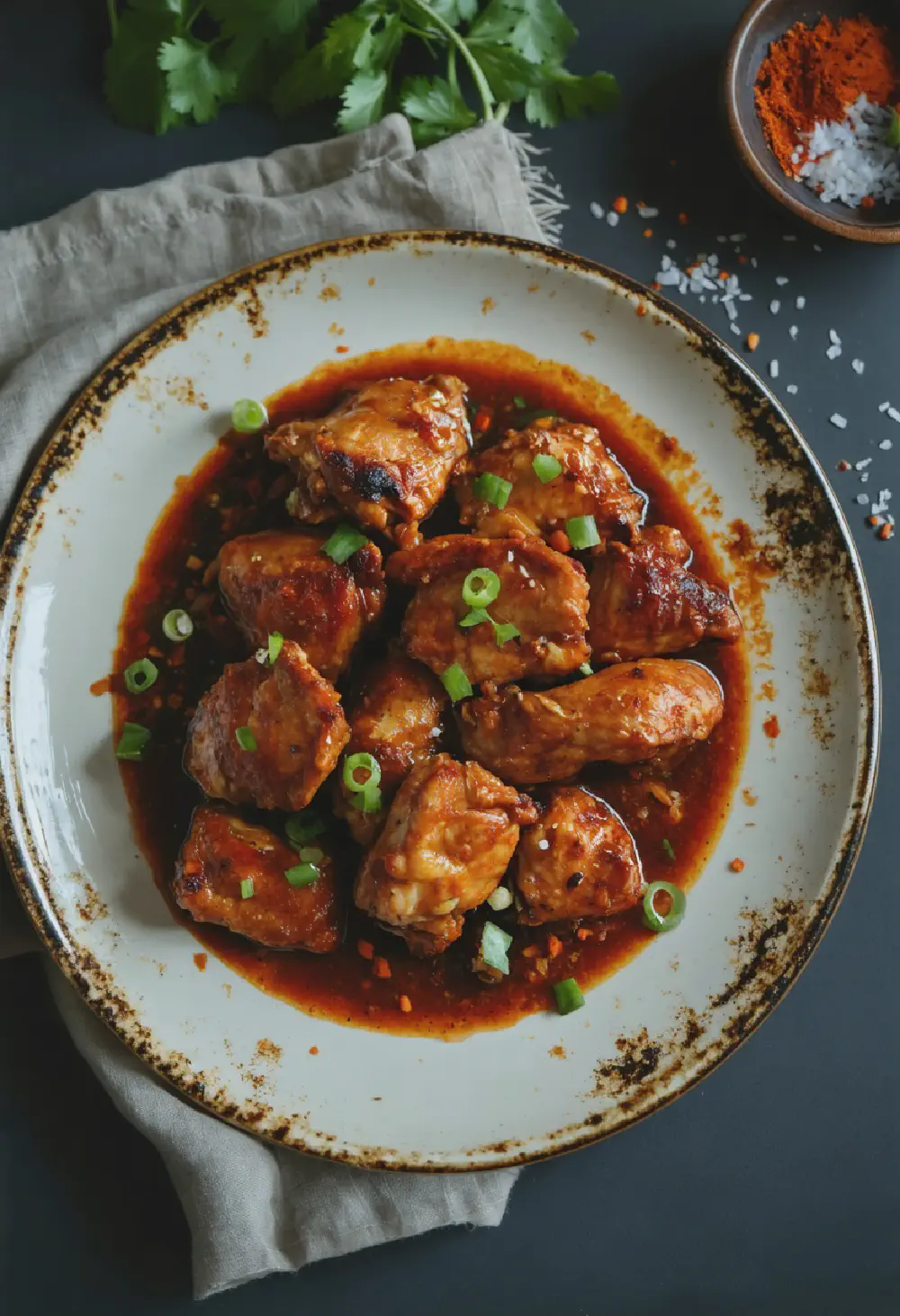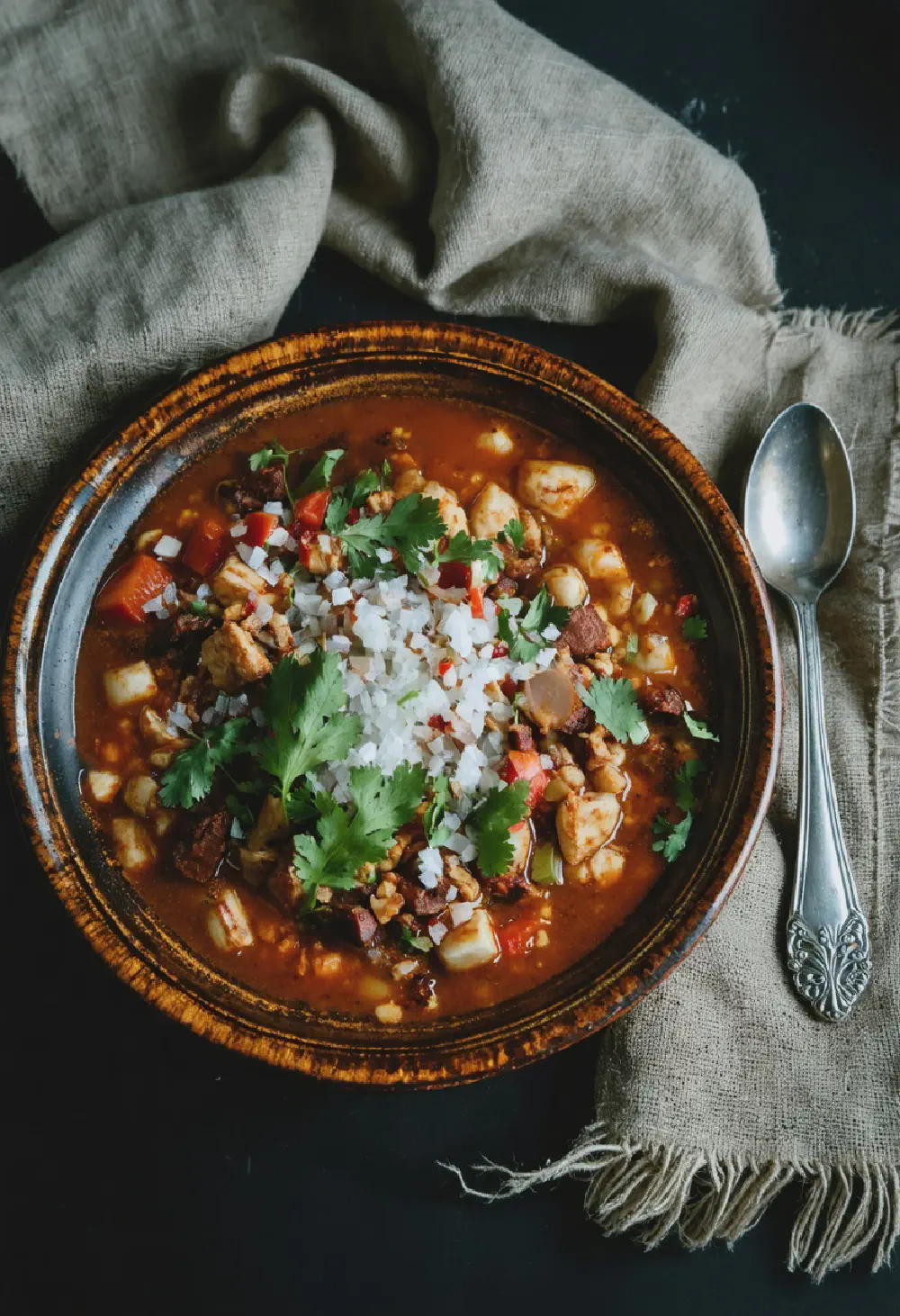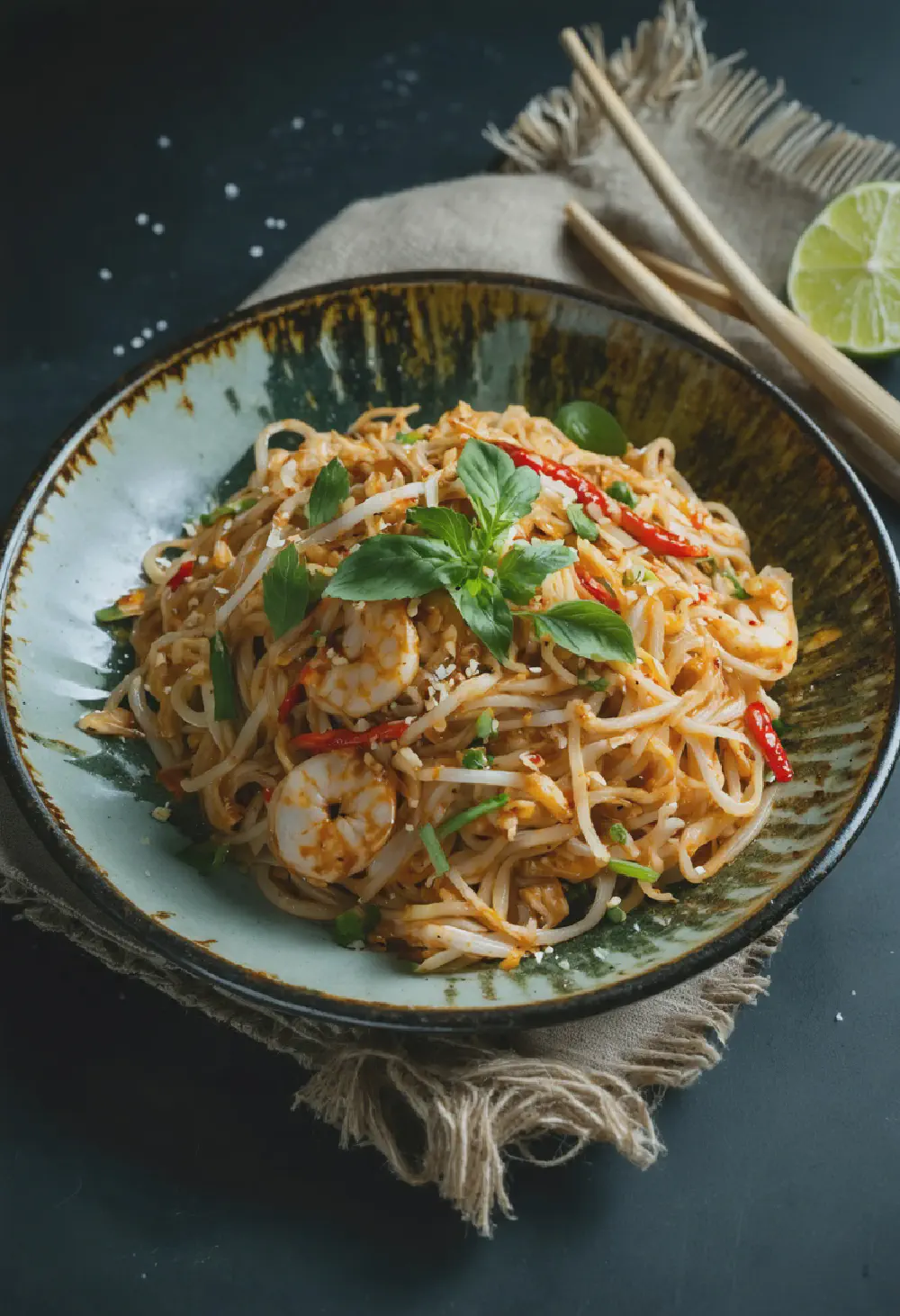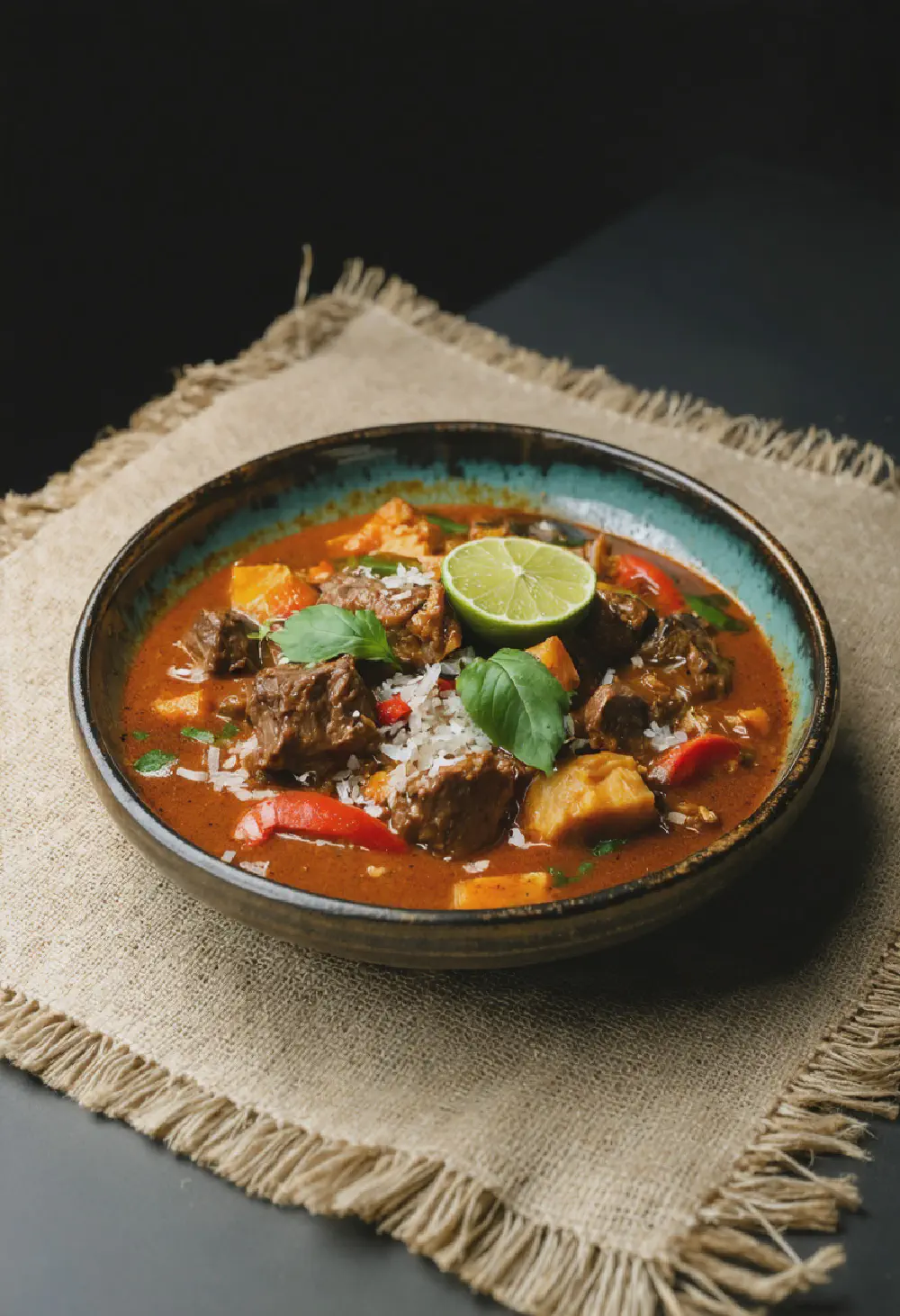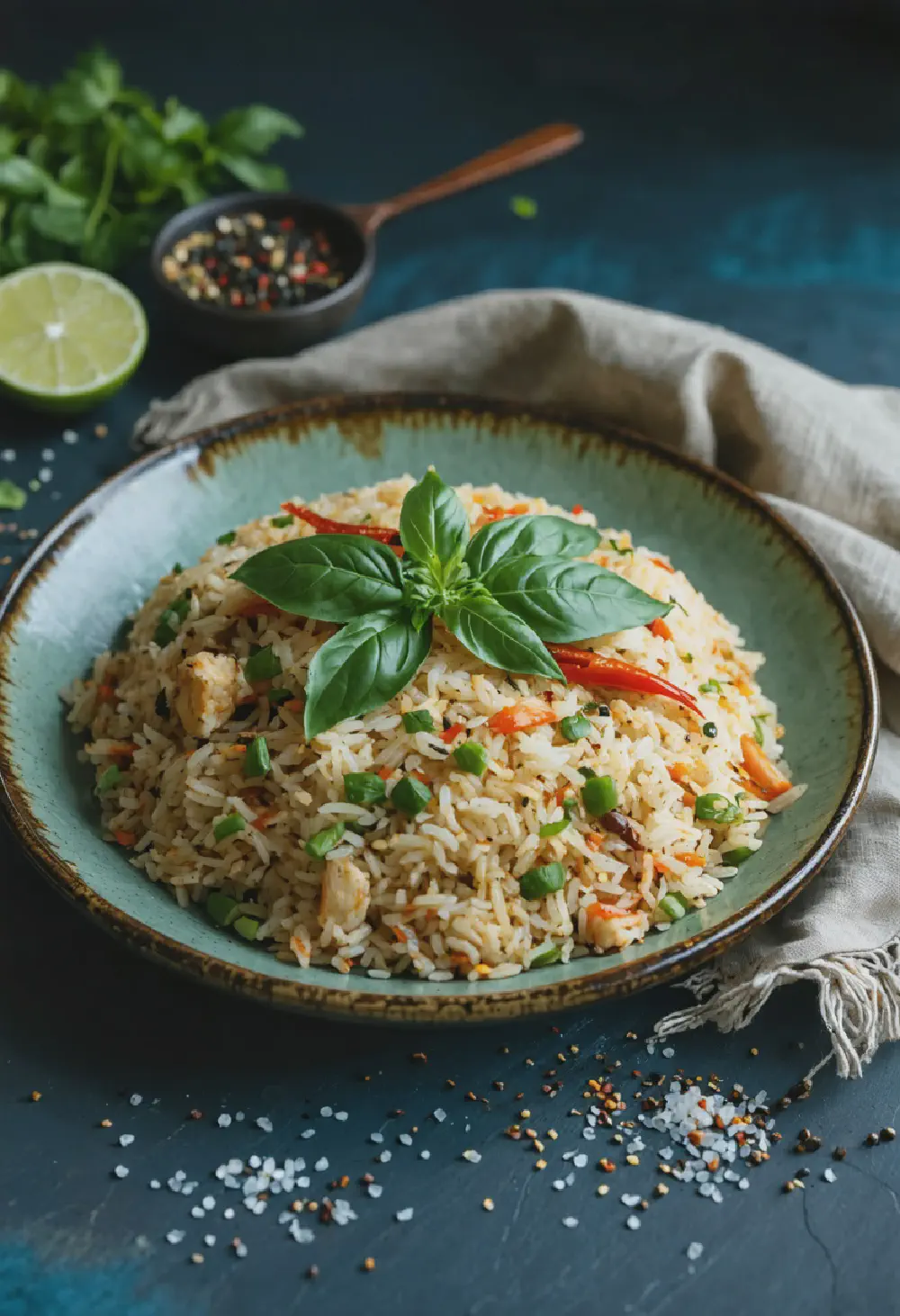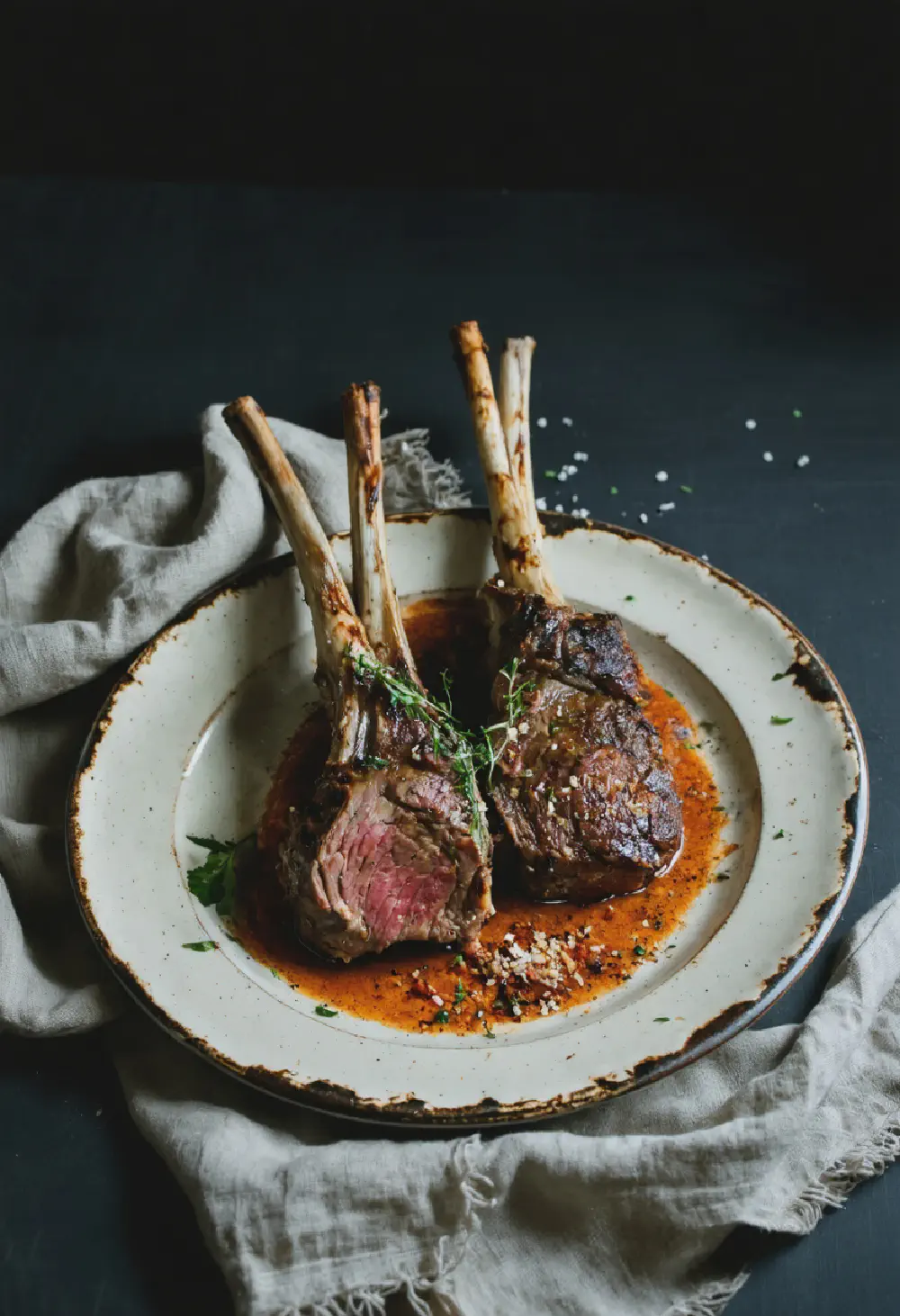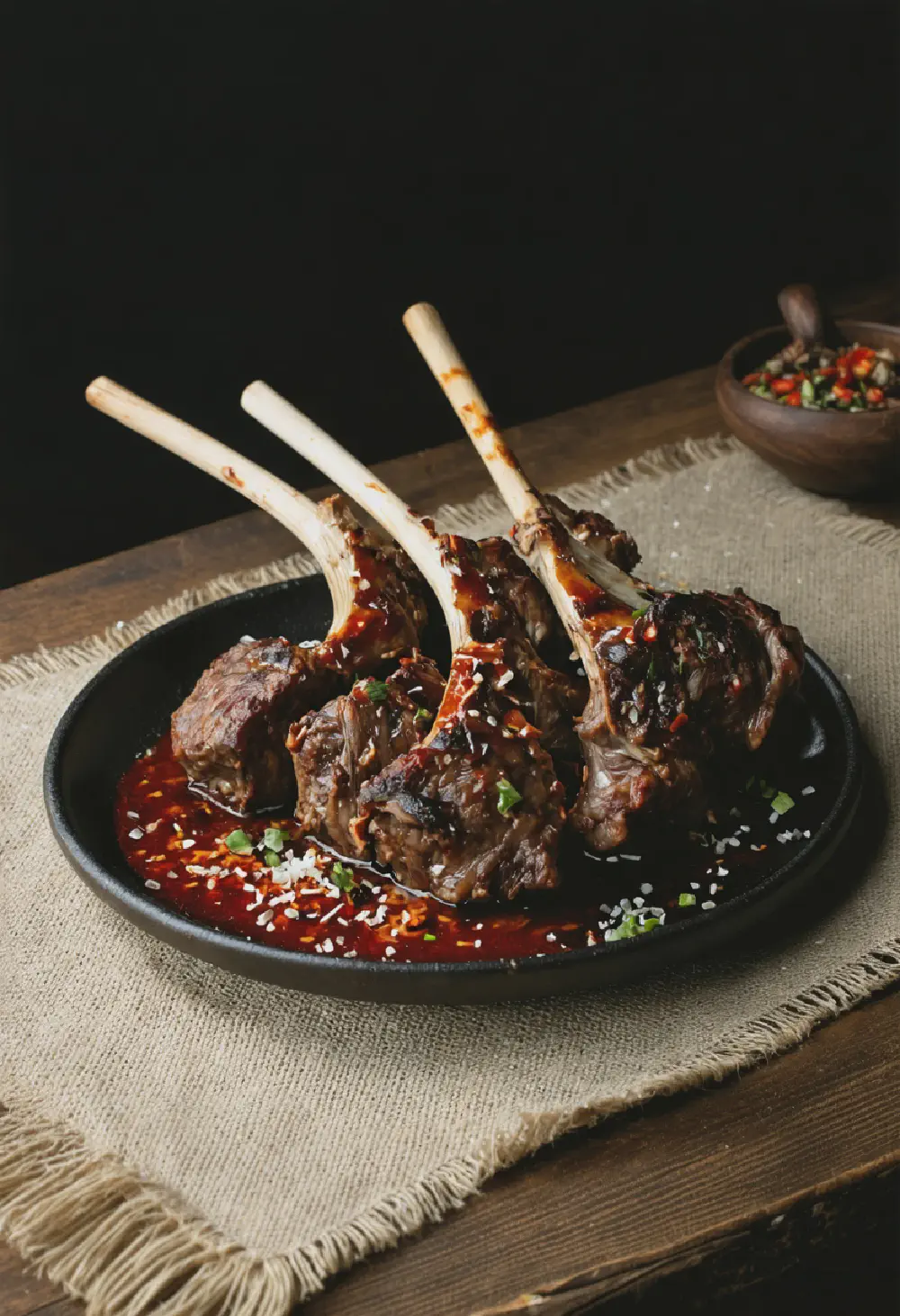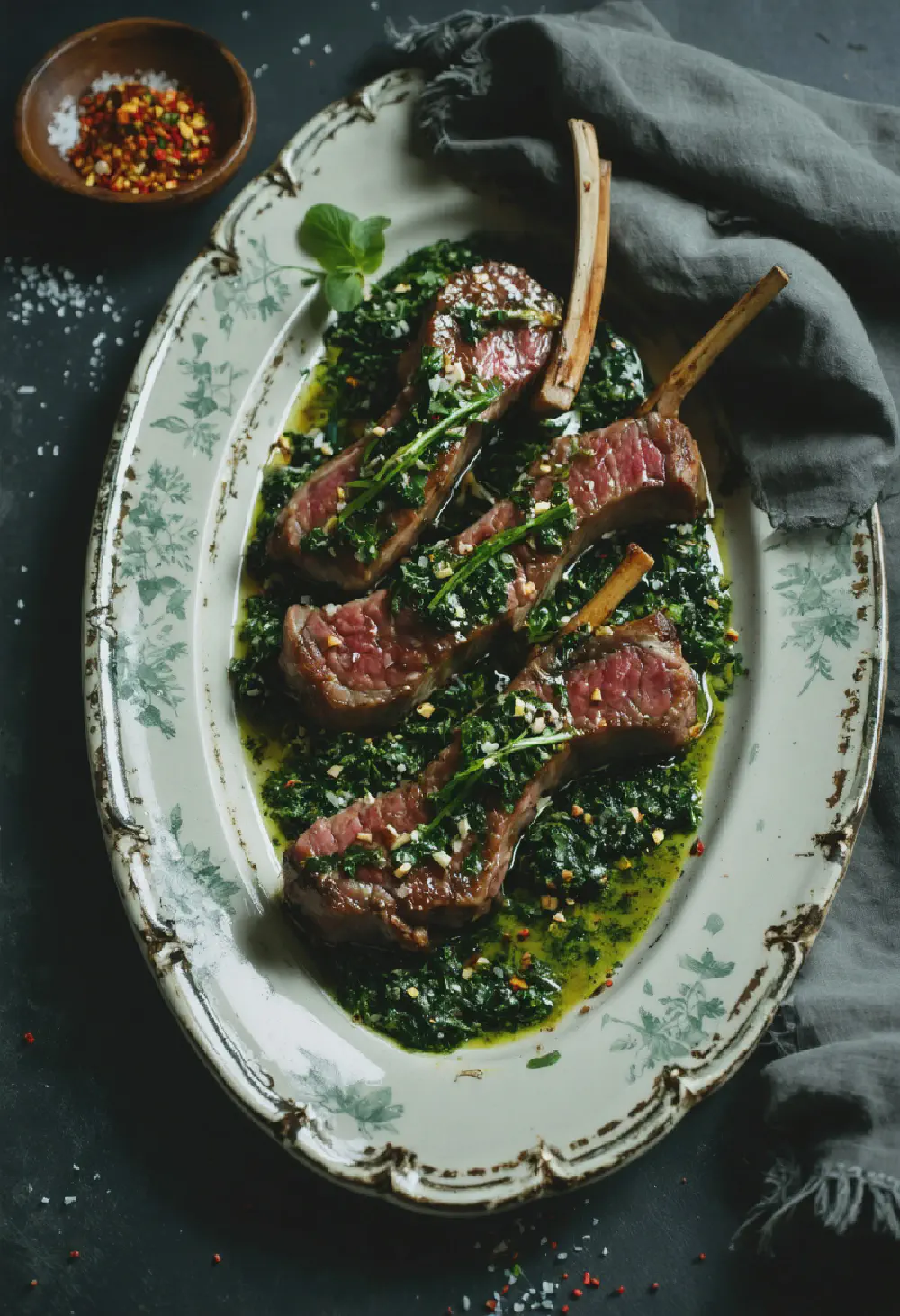Tom Yum Goong
15M
35M
- Makes 4 servings
- 4 cups chicken broth
- 1 stalk lemongrass, sliced
- 3 kaffir lime leaves
- 1 inch piece galangal, sliced
- 1/2 pound shrimp, peeled and deveined
- 1/2 cup straw mushrooms, halved
- 2 tablespoons fish sauce
- 2 tablespoons lime juice
- 1 tablespoon Thai chili paste
- 1 teaspoon sugar
- 2 Thai chilies, sliced
- 1/4 cup cilantro, chopped
- In a pot, bring the chicken broth to a boil. Add lemongrass, kaffir lime leaves, and galangal. Simmer for 10 minutes to infuse the flavors.
- Add the shrimp and straw mushrooms to the pot. Cook until the shrimp turn pink, about 3-4 minutes.
- Stir in fish sauce, lime juice, Thai chili paste, sugar, and Thai chilies. Adjust the seasoning to taste.
- Remove from heat and discard the lemongrass, kaffir lime leaves, and galangal slices.
- Ladle the soup into bowls and garnish with chopped cilantro. Serve hot.
Tom Yum Goong: A Spicy and Sour Delight from Thai Cuisine
History
Tom Yum Goong, a beloved dish in Thai cuisine, has a rich history that traces back to the ancient kingdoms of Thailand. The soup’s origins are believed to be from the central plains of Thailand, where the abundance of fresh herbs and spices like lemongrass, galangal, and kaffir lime leaves were readily available. Over the centuries, Tom Yum Goong evolved from a simple peasant dish to a staple in Thai culinary culture, gaining popularity both domestically and internationally. The name “Tom Yum” itself is derived from the Thai words “tom,” meaning to boil, and “yum,” meaning to mix, reflecting the cooking method and the harmonious blend of flavors in the soup.
Taste Profile
Tom Yum Goong is renowned for its distinctive spicy and sour taste profile, which is a hallmark of many Thai dishes. The heat comes from the fiery Thai chili peppers, while the sourness is achieved through the use of lime juice and sometimes tamarind. The soup’s base is flavored with lemongrass, galangal, and kaffir lime leaves, which add a citrusy and aromatic depth. The addition of shrimp, or “goong,” not only enhances the soup’s flavor but also adds a delightful texture. The combination of these ingredients creates a complex and invigorating taste that is both refreshing and satisfying.
Cultural Significance
In Thai cuisine, Tom Yum Goong holds a special place as a symbol of the country’s rich culinary heritage. It is often served at family gatherings, celebrations, and special occasions, reflecting the communal nature of Thai dining. The soup’s bold flavors are a testament to the Thai philosophy of balancing the five fundamental tastes: sweet, sour, salty, bitter, and spicy. Tom Yum Goong is also celebrated for its health benefits, believed to boost the immune system and aid digestion, aligning with the Thai emphasis on holistic well-being. As a dish that encapsulates the essence of Thai flavors and culture, Tom Yum Goong continues to be a cherished and iconic part of Thailand’s gastronomic landscape.
